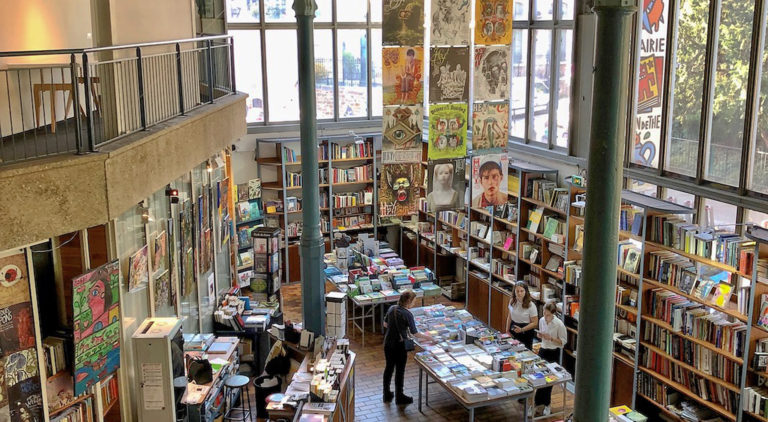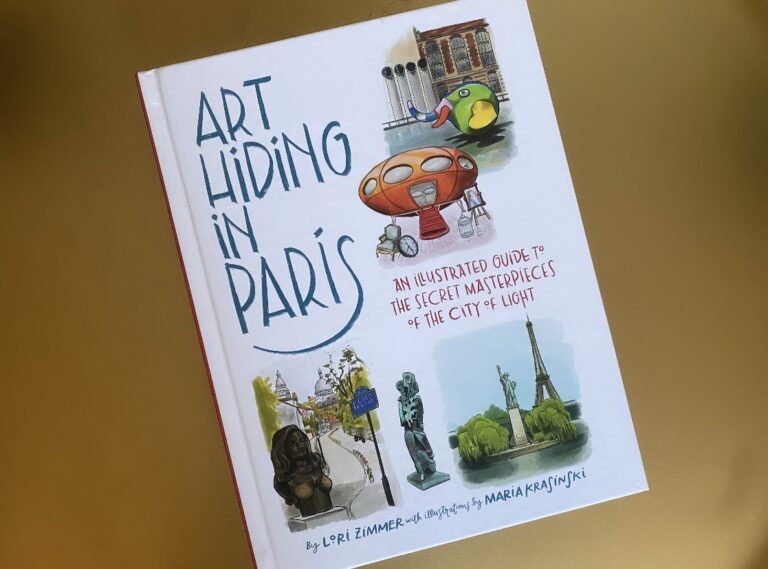“The thing is, all the clichés you’ve heard about the south of France are true.” This is the opening line of Rebekah Peppler’s new cookbook, Le Sud. She goes on to describe the magic of the light in Provence, a common thread in our phone conversation about the book. It sets a mystical tone for what is technically a cookbook, but feels more like a fairytale. If Peppler is good at one thing, it is cultivating a vibe—as anyone who follows her seemingly flawless French lifestyle on Instagram knows. And Le Sud is a vibe to be sure, filled with images of Peppler wandering through beautiful Provençal markets, a baguette cheekily sticking out of her bag, or lounging by the glittering sea in the kind of floppy straw hat you buy on vacation and then realize you could never pull off. She wears striped shirt dresses and drinks rosé by the pool and answers to no one. Throughout, her writing is marked with the same sense of stylish ease, making you, the reader, feel like you are a dear friend she’s invited in for lunch.
At its most basic, Le Sud is a collection of recipes from Provence that range, in origin, from the sun drenched Côte d’Azur to the rice fields of the marshy Camargue, and then all the way north to where the Alps begin. It is hyper-local, a celebration of recipes and ingredients that can’t always be easily found elsewhere. In fact, there are some recipes that would be nearly impossible to replicate outside of Provence, unless you have a top tier cheese smuggler on payroll.
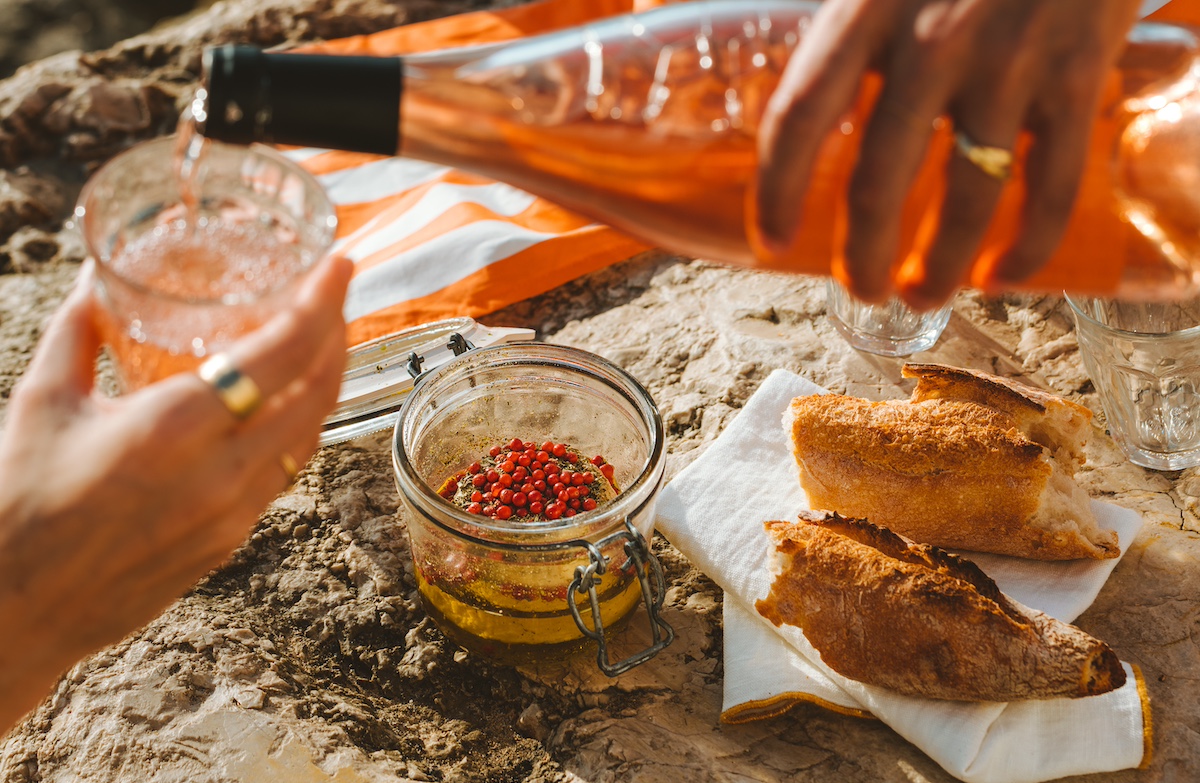
Provence’s Secret Ingredients
Local market finds like Charentais melons, Banon cheese, Menton lemons, and Camarguaise rice all make an appearance in Le Sud. But, if you can only travel as far as your local grocery store, you’re going to want to stock up on anchovies, capers, and olives (preferably, of course, a jar of purple-brown, pearl-sized Niçoise olives). This briny trio is the backbone of Peppler’s Provençal kitchen, with at least two out of the three showing up in everything from a classic tapenade, to fluffy Anchovy Choux.
“You think of rosé, you think of olive oil,” Peppler mused. “You think of olives, lavender. We have all these beautiful things in the South of France. But one of the ingredients that I often come back to, which makes a lot of appearances in the book, is anchovies. They just kind of add this gorgeous umami layer of flavor that can sometimes be very present and known, but often is kind of this hidden flavor in the background that if it’s not there, you miss it.”
Researching Le Sud
An American living in Paris, Peppler had to do her research to get into this book, much of which came from shopping local markets and eating at some of the best restaurants in Provence. (What a slog. The things people must do for their art.) Her “Gazpacho para Ella,” for example, was inspired by a dish at Le Saint Hubert in Saint-Saturnin-lès-Apt, a restaurant owned by friends, whose gazpacho became a soothing balm in the midst of a scorching canicule, or heatwave.
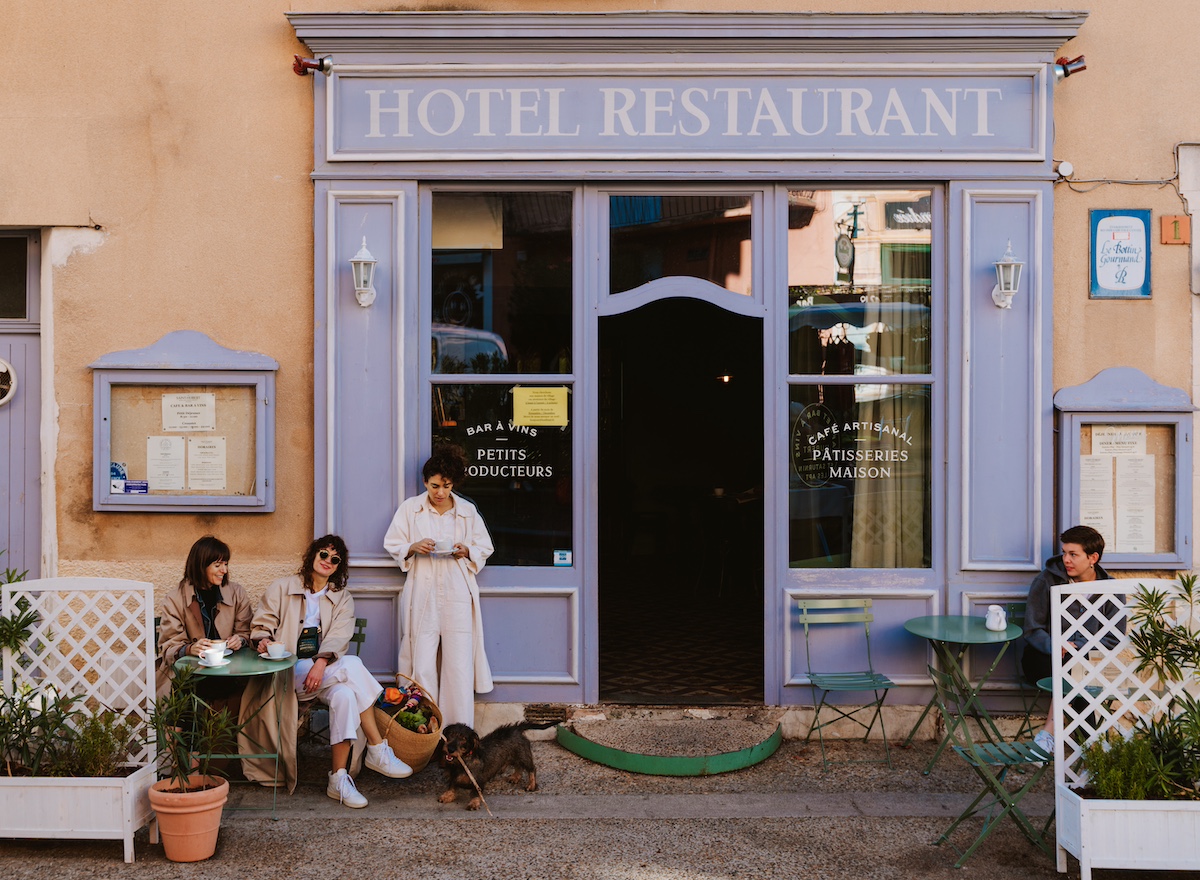
She also mentioned spending time at the three-Michelin starred restaurant Mirazur in Menton, France’s citrus Mecca. There she got to learn about the region’s produce with Chef Mauro Colagreco’s team, and went on a foraging expedition with the restaurant’s agronomist. The restaurant, which has constructed a hyper-seasonal “universe” that informs its menu, is probably one of the best places to learn about the region’s amazing fruits and vegetables.
The Four Seasons of Provence
Peppler herself walked me through the different seasons in Provence, which, despite its summery associations, is a vibrant, four-season region where fantastic food is available year-round. Even in winter, when root vegetables, stew meats, and winter seafood take over, fresh herbs are still available. So are citrus fruits, which are particularly fabulous in and around Menton, whose unique microclimate allows for a rare assortment of citrus to be grown there.
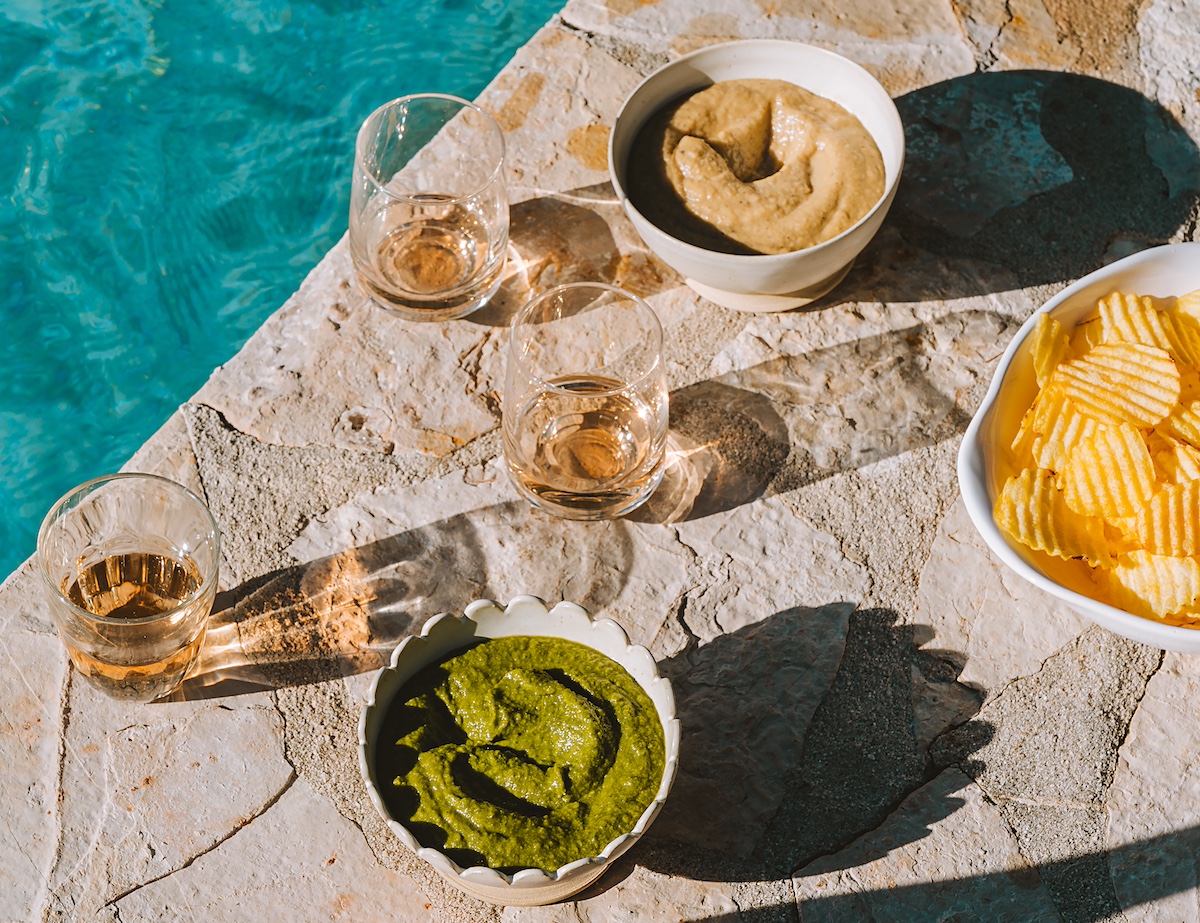
Spring, of course, brings radishes for Radish Leaf Pesto, and strawberries for Strawberry Gâteau, but quickly rolls into the abundance of summer, when tomatoes for Tarte Soleil and eggplants for Caviar d’Aubergines make their appearance. Then come the figs, and the late season lettuces. Summer bleeds into autumn, which bleeds into winter.
“One of the great things about the south of France is that there are four seasons, but the seasons are a little bit extended. I feel like you get summer produce just a little bit longer than we get in the north. You kind of blend these seasons. You’re getting, like, gorgeous mushrooms and you’re still getting late season tomatoes. And that made my life as a recipe developer and a recipe stylist for the book much easier because I was able to kind of blend these seasons in a really nice way.”
Rebekah’s Favorite Provençal Recipes
According to Peppler, Provence’s best kept secret is “Pist-ail,” a garlicky basil spread she discovered by chance when visiting a market in Arles while on vacation. “I was like, well, I need to figure out how to get back into this recipe from this memory of a flavor in order to recreate it at home. And so that felt like a really special secret recipe for me.”

She told me that every time she’s asked about her favorite recipe from the book, she gives a different answer. For my turn, she pointed out the Radishes with Radish Leaf Pesto, which she made while staying in Menton. During a trip across the border to the Italian town of Ventimiglia (Vintimille in French), she got so distracted at the local market that she forgot to buy ingredients for the pesto she’d planned to make. Instead, she made an improvised pesto with radish greens, and it turned out to be a recipe she’d go back to again and again.
“I think it’s important to speak to what’s happening on tables today and not just what happened in the past. I think what’s beautiful about Provence-Alpes-Côte d’Azur is you do have that intermingling of history and tradition, and modern and everyday life lived right now. Like, there absolutely is a Ratatouille, there’s a Provençal Daube, there’s a Broufade. And then there’s these recipes that might not necessarily read as classic recipes, but are utilizing provencal ingredients and can either be found on a Provençal table today or were found on my Provençal table.”
Le Sud can be found in bookstores, everywhere.
Catherine Rickman is a writer, professional Francophile, and host of the Expat Horror Stories podcast. She is currently somewhere in Brooklyn with a fork in one hand and a pen in the other, and you can follow her adventures on Instagram @catrickman, or on TikTok @catinthekitchen.





